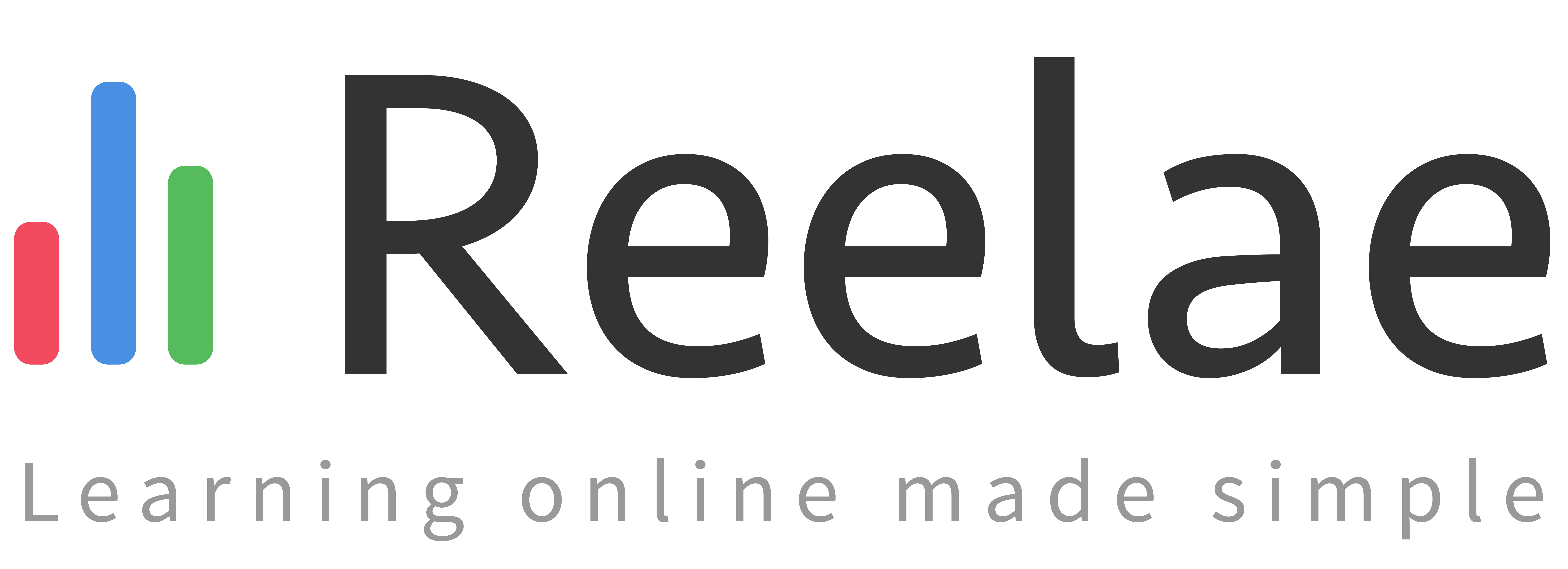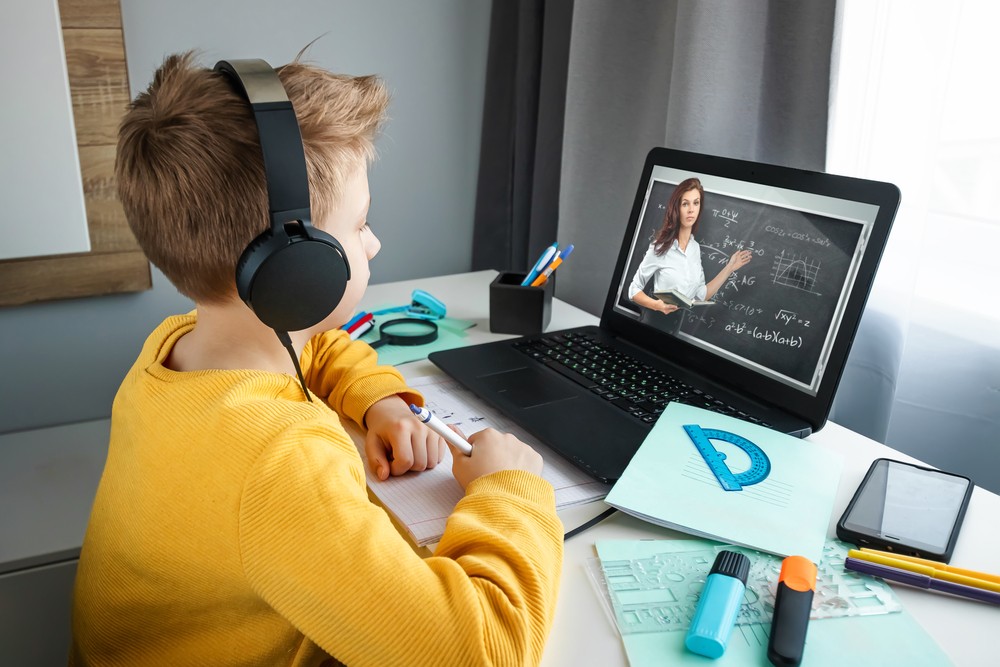E-Learning and training is an emerging approach in education that uses interactive technology and multimedia. The spread of the internet and the popularity of interactive multimedia has supported the growth of e-learning for some time. However, the pandemic has accelerated the rate of adoption, forcing institutions to rely more on e-learning and training instead of traditional methods.
The new approach to education is a true mix of early adopter virtual education and traditional desk-and-classroom pedagogy. By understanding the benefits behind e-learning and training, it is easy to understand what led to the paradigm shift from chalkboard to computer. This hybrid or mixed learning is the efficient combination of classwork and online study through learning platforms that students can access from anywhere and at any time.
Let us dive into how your institution can incorporate and greatly benefit from inculcating e-learning and training into your syllabus
Interactive tools boosts learning capacities
Learning platforms provide access to all kinds of multimedia and interactive content that significantly expand classroom teaching materials. These tools immerse students in the course subject matter with additional readings, videos, quizzes and forums.
Online teachers can point students to links that cover a topic in more detail than what can be covered during class. By showing real-world situations with articles and visuals, students will gain a deeper understanding of subject matter and ask a teacher for further information as well. This approach ensures flexibility in schedules, allowing for a more interactive and valuable learning experience. Schools that choose this method greatly improve their students’ educational experience.
Combine online learning with classroom resources
Integrating online learning and in-classroom teaching is beneficial because it combines face-to-face teaching with the agility of virtual learning. Students are not alone, yet have a sense of independence in their educational journey. Integrating online learning with traditional education allows you to construct student plans according to strengths and weaknesses. If your student is proficient in one area and can accelerate his or her learning speed, taking that subject online might be the preferred option because they can learn the material by themselves.
Information for all key parties involved
With the power of e-learning and training, more information can be provided whilst ensuring all key parties from the institution are well-informed. The progress of the student can be tracked and other factors are taken into account so that the student’s experience can be optimised for the best results.
A mixture of online and traditional learning, parents can have a better understanding of progress and struggles. That means less pressure on teachers to engage with the parents because the institution can release the necessary data through LMS platforms to provide clean and transparent records to all relevant parties.
Introducing peer-to-peer collaboration and tech familiarity
Traditional lectures and online learning course delivery formats tend to flow in one direction only where the instructor delivers content to students. This proposed blended course structure can be utilised as a form of bidirectional information flow, fostering conversation between the instructor and students and amongst the students themselves (peer learning).
Furthermore, after school is over, job placement may be contingent on your student having adequate tech skills. By studying in a virtual environment, he or she will demonstrate an ability to learn digital platforms – which will pay off later in the job market.
Inculcating e-learning and training into your syllabus
.
If applied thoughtfully, this type of blended learning can spotlight emerging pedagogies supported by evolving technologies and improve the educational experience across the board.
Due to social distancing and the pandemic, schools have been forced to close down, and students have had to take on online education as the norm for learning. This has opened up online learning to all education levels, making it more familiar and acceptable as a platform for learning.
While it’s unlikely that traditional face-to-face teaching sessions will be completely replaced, it’s hard to believe that online education will be rolled back either as students become used to online interaction when learning. This discourse has created a new sort of blended learning for the next generation of students that will prove to be highly beneficial and convenient.
Visit our website for more information on how you can incorporate e-learning and training into your traditional syllabus.





